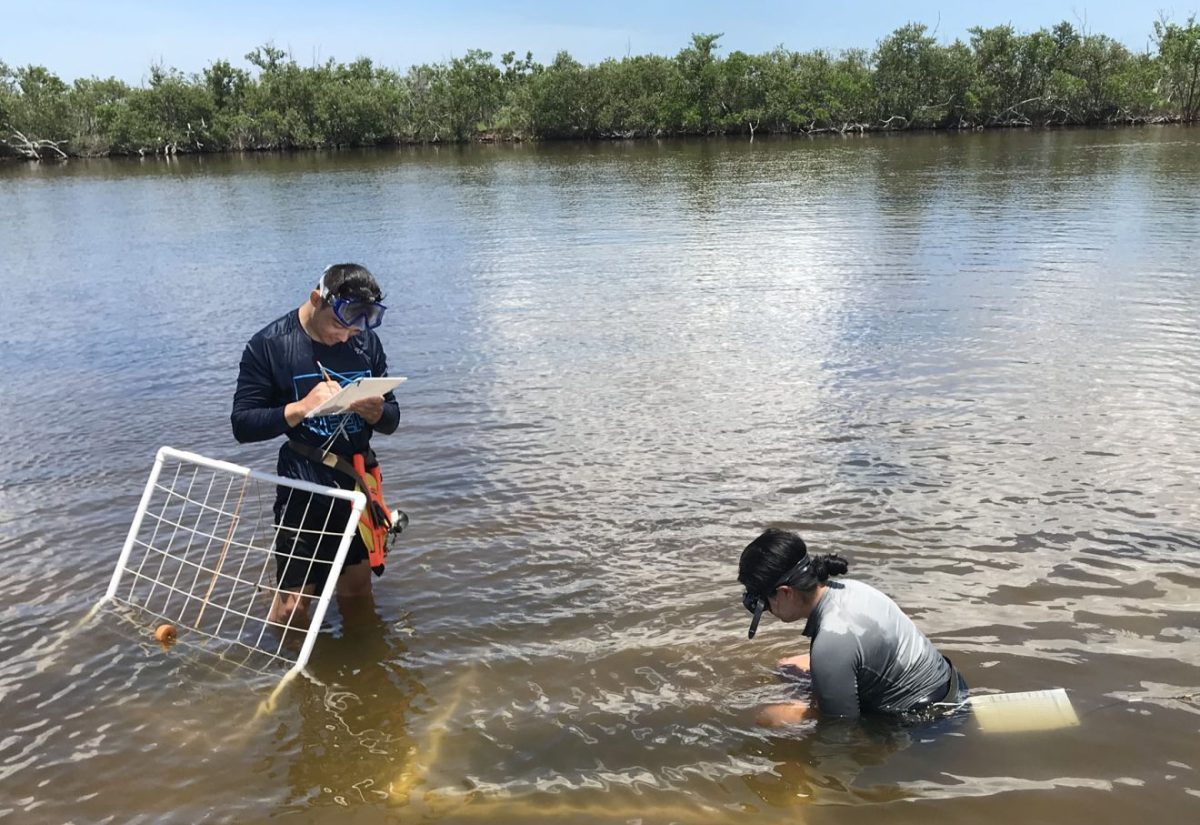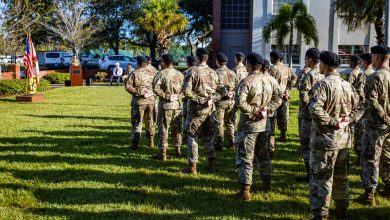Florida Tech Researchers: With Some Help, Nature Can Drive Lagoon Restoration
Restore Lagoon Inflow Project Could Be Critical Catalyst
MELBOURNE, FLA. — As university researchers conclude the second phase of the state-funded Restore Lagoon Inflow (RLI) initiative for the Indian River Lagoon and process the resulting data, initial findings suggest the ailing estuary would benefit from a nudge of human intervention to help rejuvenate the natural processes that have historically aided the recycling and removal of excess nutrients.
Over the last century, these natural ecosystem services have been overwhelmed by development and habitat loss, leading to a shift from a seagrass-dominated system to one that experiences frequent and prolonged harmful algal blooms (HABs).
“The focus needs to be on leveraging natural nutrient removal processes, whether through this inflow project or other management actions,” said Austin Fox, an assistant professor in Florida Tech’s department of ocean engineering and marine sciences and a principal investigator for the RLI project.
As they looked toward the next phase, which would include a temporary demonstration project involving the careful introduction of low-volume amounts of sea water into the lagoon, Florida Tech researchers are reviewing the results of RLI project planning water quality modeling and research.
With these efforts, the team was able to improve understanding of the lagoon system, including demonstrating that:
- Lagoon sediments frequently experience low oxygen conditions that are unable to sustain life.
- When oxygen levels are low, lagoon sediments release rather than absorb excess nutrients.
- Stabilizing dissolved oxygen and reducing water temperature can improve natural nutrient removal.
- Net nutrient decreases are predicted as a result of enhanced inflow.
“The work through the first two phases of this project has improved our understanding of our ability to restore nutrient cycling and leverage natural processes through relatively minor intervention to help the lagoon heal itself,” Fox said.
Jeff Eble, research assistant professor in ocean engineering and marine sciences and an RLI principal investigator, agreed, saying the project is not about simply finding an engineering solution. “It is about using engineering intervention to jumpstart the natural processes that can help to remove and manage the harmful nutrients that are the source of many of the lagoon’s problems.”
And as the lagoon’s water quality improves through intervention and nature, other struggling facets, such as the failed growth of sea grass, would also benefit. “We are not trying to engineer a new system, just trying to help stabilize it,” Fox added.
The lagoon’s woes can be traced back 100 years. In 1922, a 180-mile grid of canals was excavated to drain 40,000 acres of swampy St. Johns River marsh land west of what would become Palm Bay. While the canals controlled flooding so the land could be put to agricultural use, they also ensured thousands of gallons of fresh water would pour into the lagoon.
A 2016 diversion of the major C1 canal helped reverse this, but the damage was done.
“Between 1922 and 2016, there were massive increases in the amount of materials coming in – nutrients, organics, fine-grain sediment – and the input of sand to help naturally bury the material stopped,” Fox said. “So we dramatically changed the system.”
While the impacts of these human forces were not immediate, Fox said the situation is like the health of someone long exposed to second-hand smoke. “We are starting to get to the point in history where we are seeing those illnesses, and taking away the cigarettes – taking away the sources of the damage – isn’t enough to fix the problem.”
Findings from the completed RLI project will be provided to policymakers, including project sponsors Rep. Thad Altman and Sen. Debbie Mayfield, local officials and the public, to help determine whether a permanent pump or other inflow system can provide an additional tool to support ongoing efforts to improve lagoon water quality.





